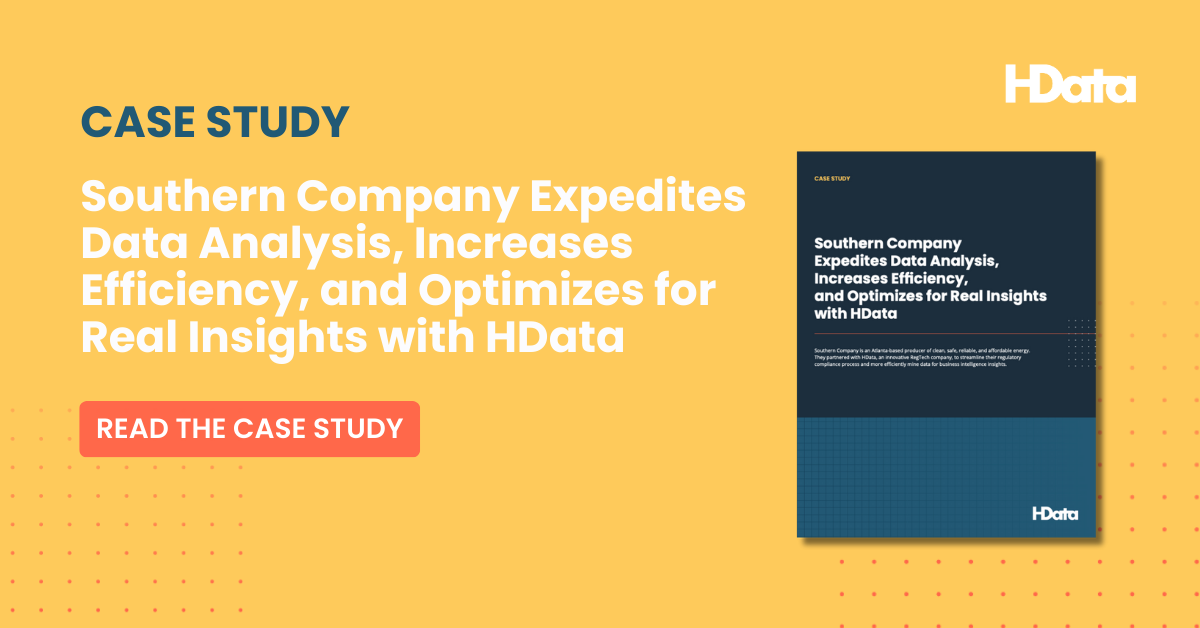Artificial intelligence (AI) has been weaving its way into our lives over the past couple of decades. By now, most of us have crossed paths with digital assistants like Siri and Alexa, texted with chatbots when we needed help, and used AI-driven tools to find answers online.
In spite of all that AI interaction, most folks don't quite realize just how far this technology has come!
Talking to robots and getting answers in the blink of an eye are just the tip of the AI iceberg. Today's AI tools are way more advanced than basic keyword searches. They don't just fetch information. They actually understand what you mean and answer the intent of your question rather than respond to your specific words. This means you won't miss out on essential information just because you phrased something differently than what was in the source documentation.
Modern AI isn't just an answer machine. It digs up crucial details and puts them into context, serving up logical, fact-based responses that truly get to the heart of the information you were seeking. And the best part? AI keeps your recent interactions in memory. So you can ask follow-up questions or ask them to rephrase information in a different way, all while building on what you've already talked about.
This incredible leap in generative AI tech is transforming entire industries. Thanks to HData, it’s on the verge of transforming ours.
What is Regulatory AI?
To understand our Regulatory AI, it helps to introduce the three main components of our platform:
- The Library: Where HData users can access all data from every annual and quarterly FERC report, from 2011 to the present, and in real-time going forward.
- The Private Catalog: Where HData users can add their own documents to HData's referenceable library, creating their own custom, secure collection for AI-powered queries.
- Regulatory AI: A conversational, purpose-built common-language query tool for getting through all that data in just moments.
HData's Regulatory AI is the first-ever artificial intelligence technology built to empower complex analysis of regulated energy data specifically.
Users can ask Regulatory AI a question just like they’d ask an intern on the team and the tool will search through hundreds of thousands of data points in FERC and state filings that exist in HData’s Library plus whatever documents the user has added to their own Private Catalog.
Users get answers that are specific, contextualized, and complete with attribution. Instantly. It’s a whole new way of working for those who regularly interact with regulatory data.
How do I interact with Regulatory AI?
Anna Bernstein, thought leader and Prompt Engineer at Copy.ai, hit the nail on the head when she said AI is like an over-eager intern. It’s really excited to get you answers, and it can do it quickly, but if your request is too brief, the quality might not be what you want. Taking a little extra time (just seconds, really) to provide specific criteria for AI’s responses, it’s less likely to get confused or struggle to find the right answer for you.
Here’s what to look for in a good AI prompt.
- It includes accessible language: Use simple words and phrasing, keeping prompts free from technical jargon.
- It is clear and specific: Provide a precise question or instruction. Avoid vague or ambiguous language that can lead to misunderstandings.
- It contains contextual information: Include relevant context and information necessary to frame the question or task properly. This helps the AI understand the concept of the request.
- Its wording is concise and focused: Keep your request direct and to the point. Long and convoluted prompts can confuse the AI or lead to less relevant responses.
- It includes a requested structure: If it suits the query, provide options or categories, especially for tasks that include data retrieval or analysis.
- It has good grammar and correct spelling: Errors in language can lead to misunderstandings or incorrect responses.
- It contains relevant keywords: This helps direct the AI’s attention to specific aspects of the query.
More tips for success
Imagine Regulatory AI as a friendly research partner. When you're working with it, try to be intentional about the documents you provide. It might be tempting to treat AI like a search engine, asking it to sift through piles of documents. But you'll get superior results if you give it a clear, explicit list of a few documents to focus on.
Another thing that helps is having a clear idea of what you're aiming for with Regulatory AI before you start the conversation. Going into the chat without a specific goal is a bit like showing up to a meeting without any preparation or notes – not ideal! You don't need to know all the details you’re after, but the experience will be smoother if you come in with a concept like, "I want to research integrated resource plans" or a specific question like, "What are the key arguments in John Doe's recent testimony on this rate case?"
If you're stuck, this is a good trick: you can ask the AI for suggestions on what questions to ask! For example, you can say, "Based on the main themes in this document, what are some questions I could ask about renewable energy?"
Writing effective prompts takes a bit of practice, but you get the hang of it over time. Using the tool is a great way to improve – you'll become better at asking clear, actionable questions, and the AI will become more adept at understanding your needs, which means better results with time. So, be patient and open to experimenting. Set aside some time for trial and error. If the AI's response isn't quite what you expected, try rephrasing your question slightly – sometimes that makes all the difference.
The more you engage with Regulatory AI, the more you'll appreciate its capabilities and strengths. It's like getting to know a new colleague; the more you interact, the more you discover how powerful and resourceful it can be.
Are you interested in learning more about artificial intelligence in the utilities sector? Curious to see first-hand what HData products can do? Request a copy of our ebook to learn more.
FURTHER READING: 30 Actual Questions Regulatory AI Can Answer for You


